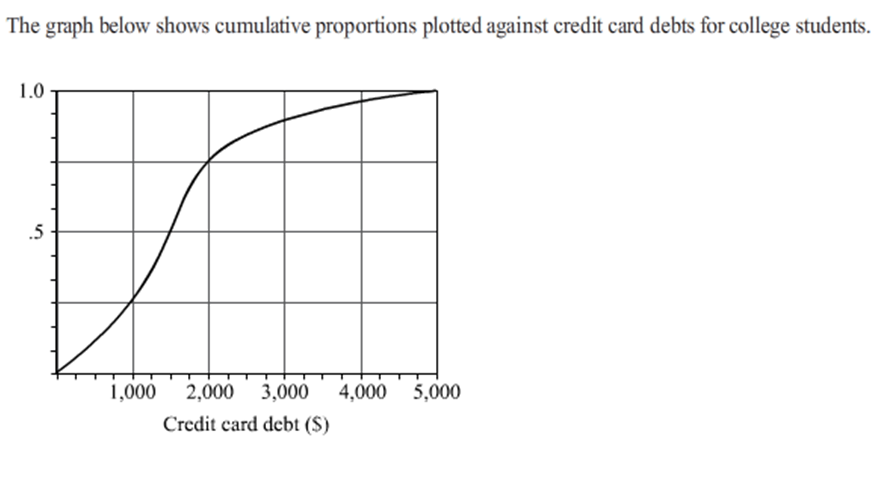3.1 And 3.2 Quiz Review: Histograms And Cumulative Relative Frequency Plots
2)
You may optionally provide this to label your report, leaderboard, or certificate.
×
Thank you for your feedback!
















